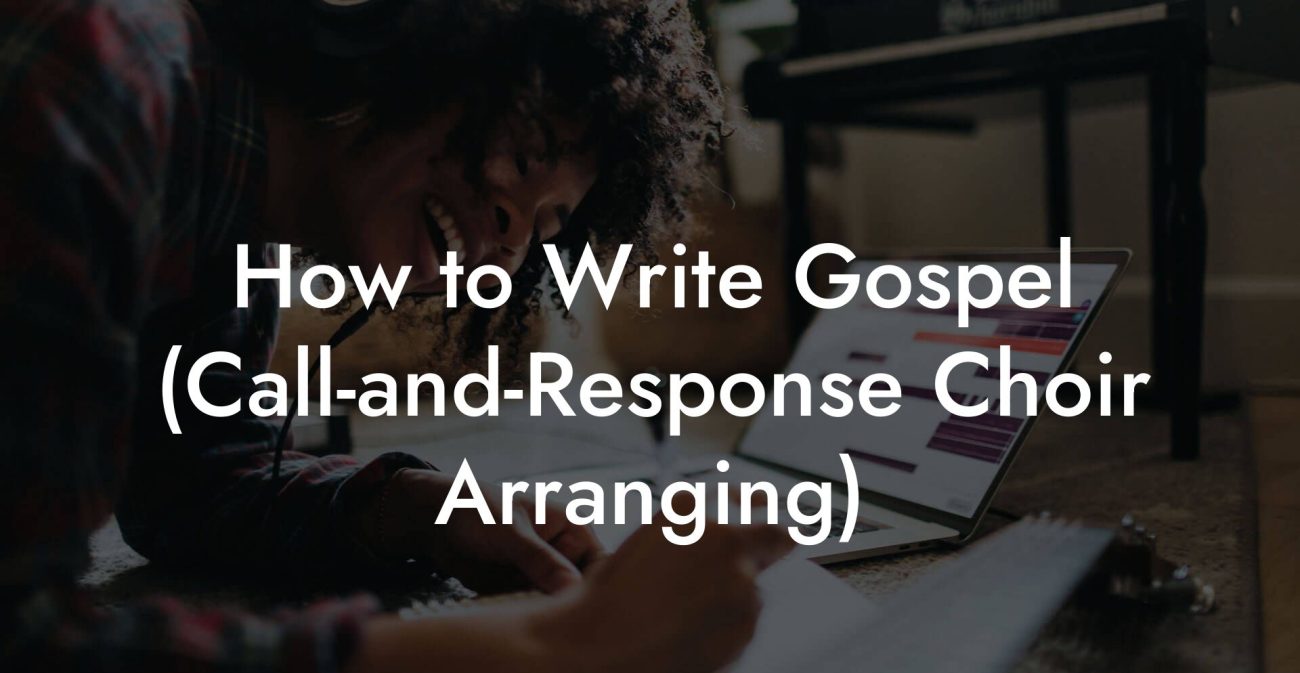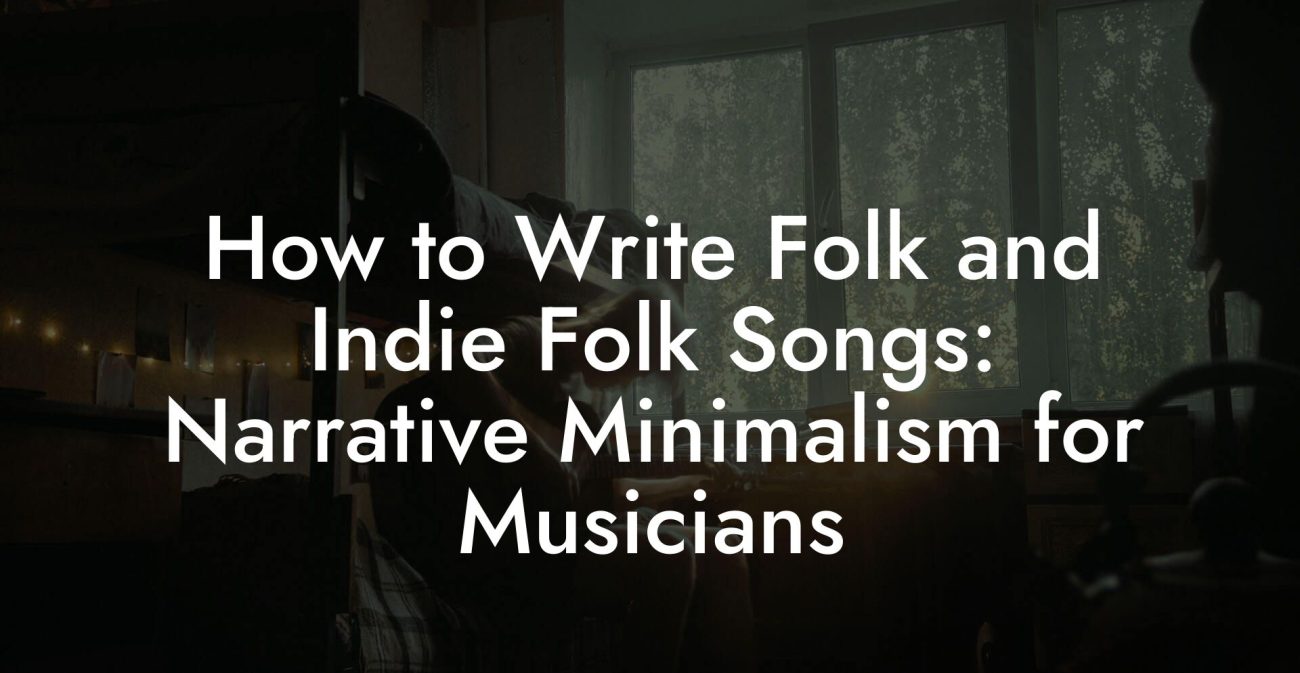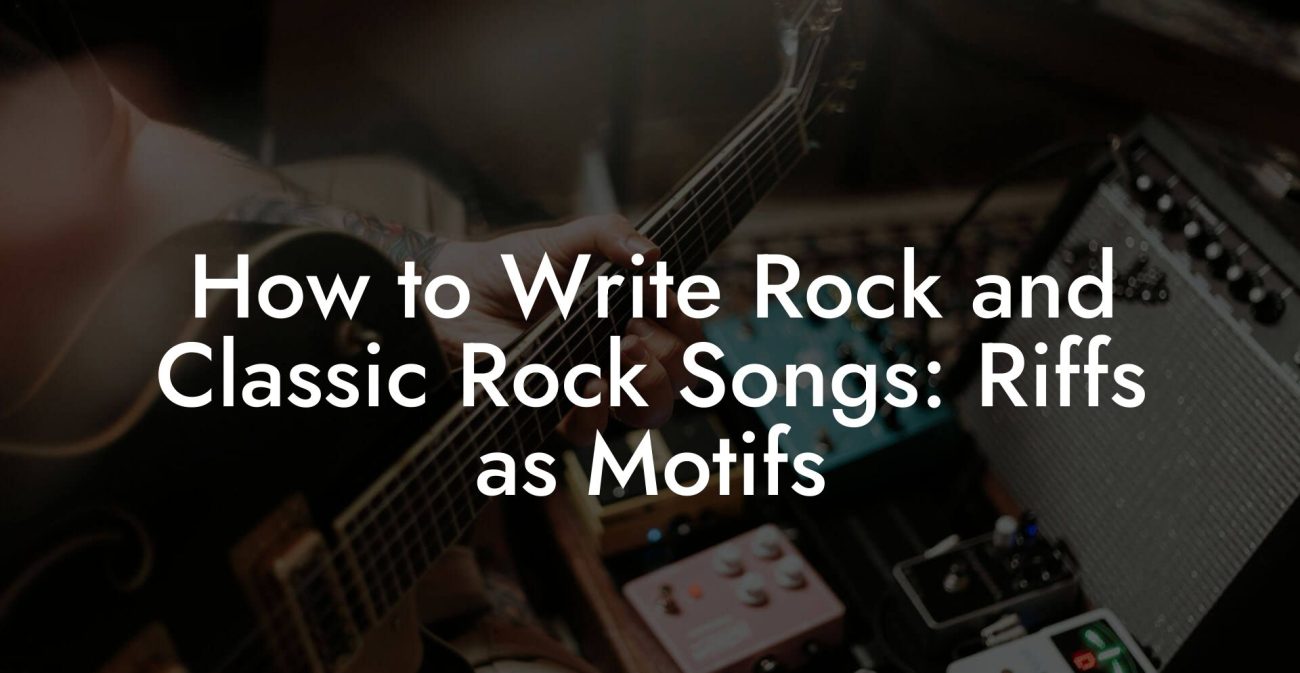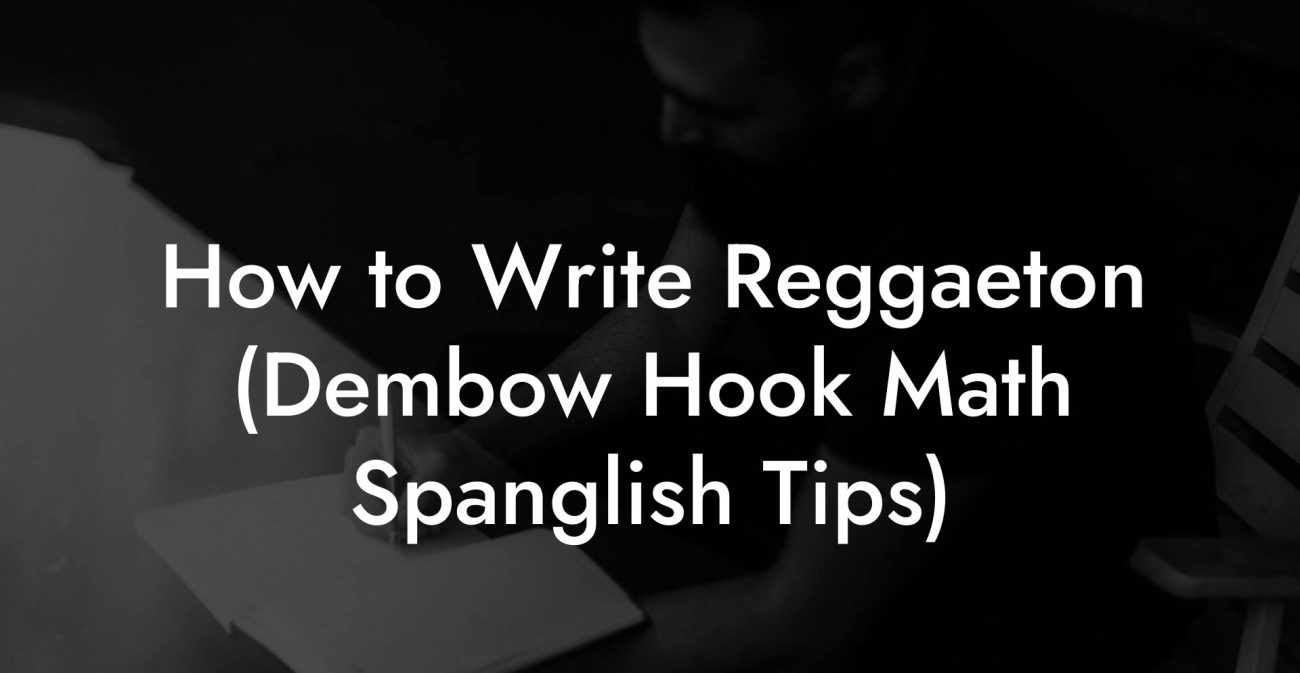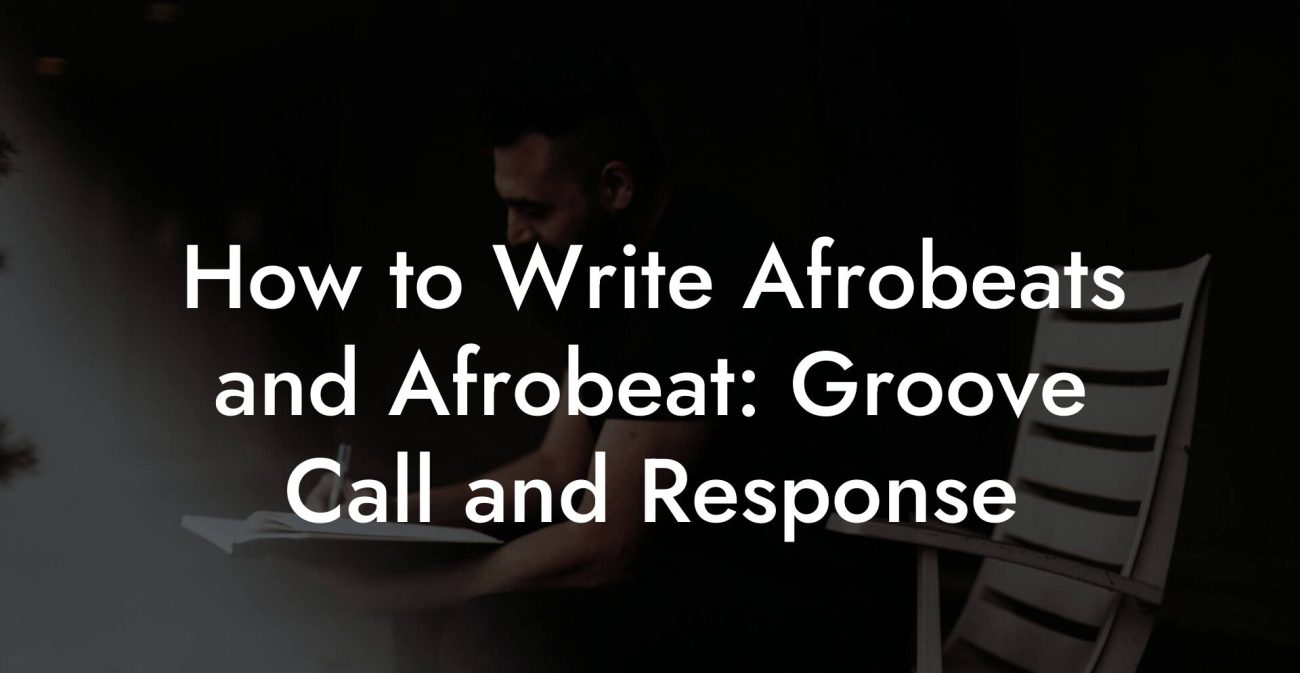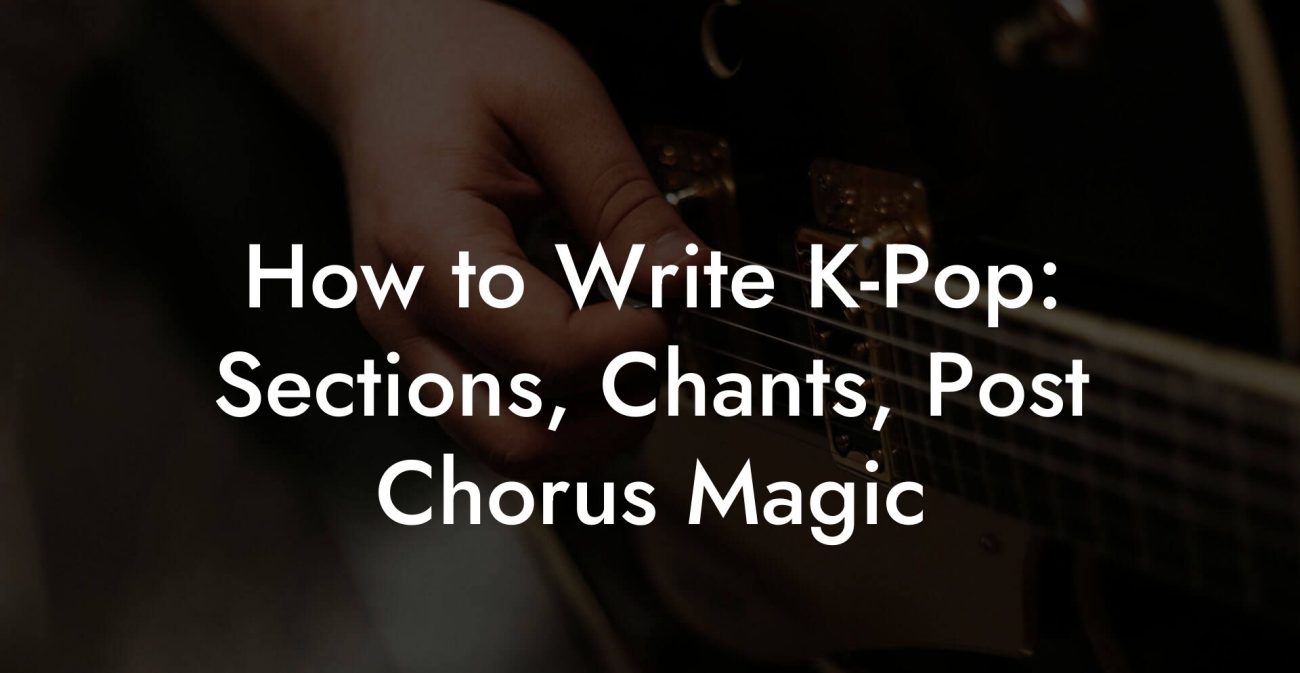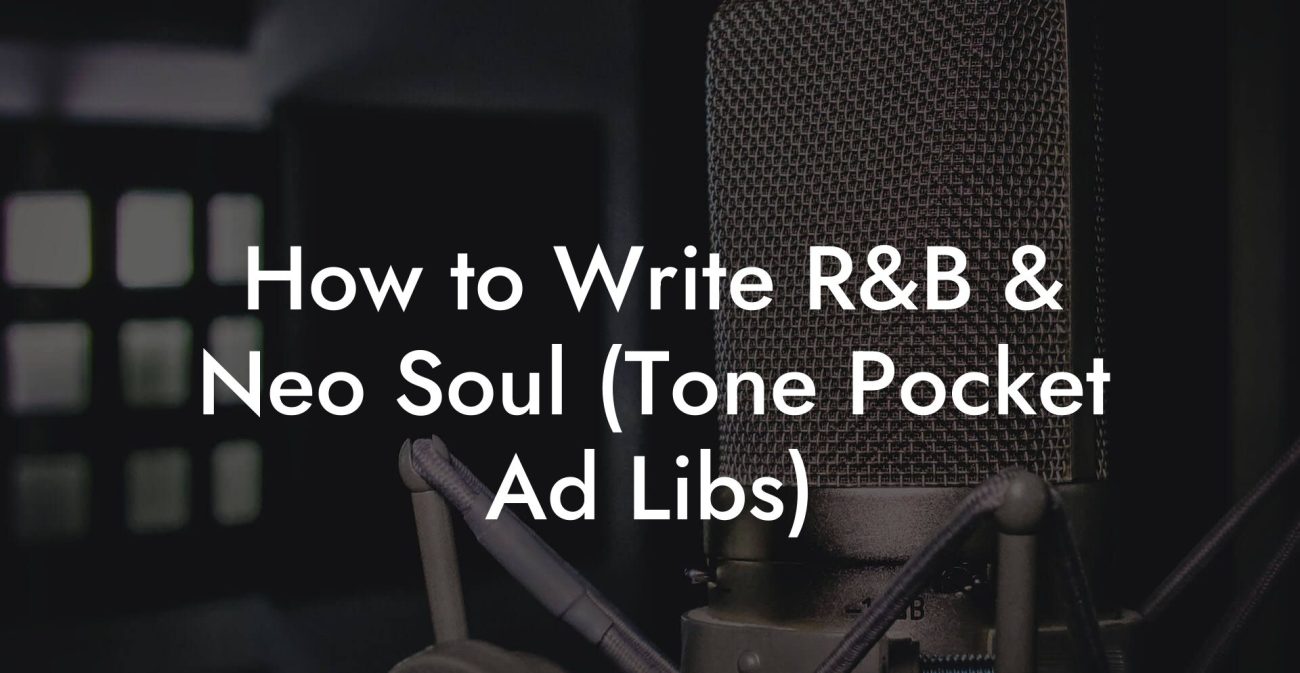Songwriting Advice
How to Write Metal (Breakdowns Scream Phrasing Safely)
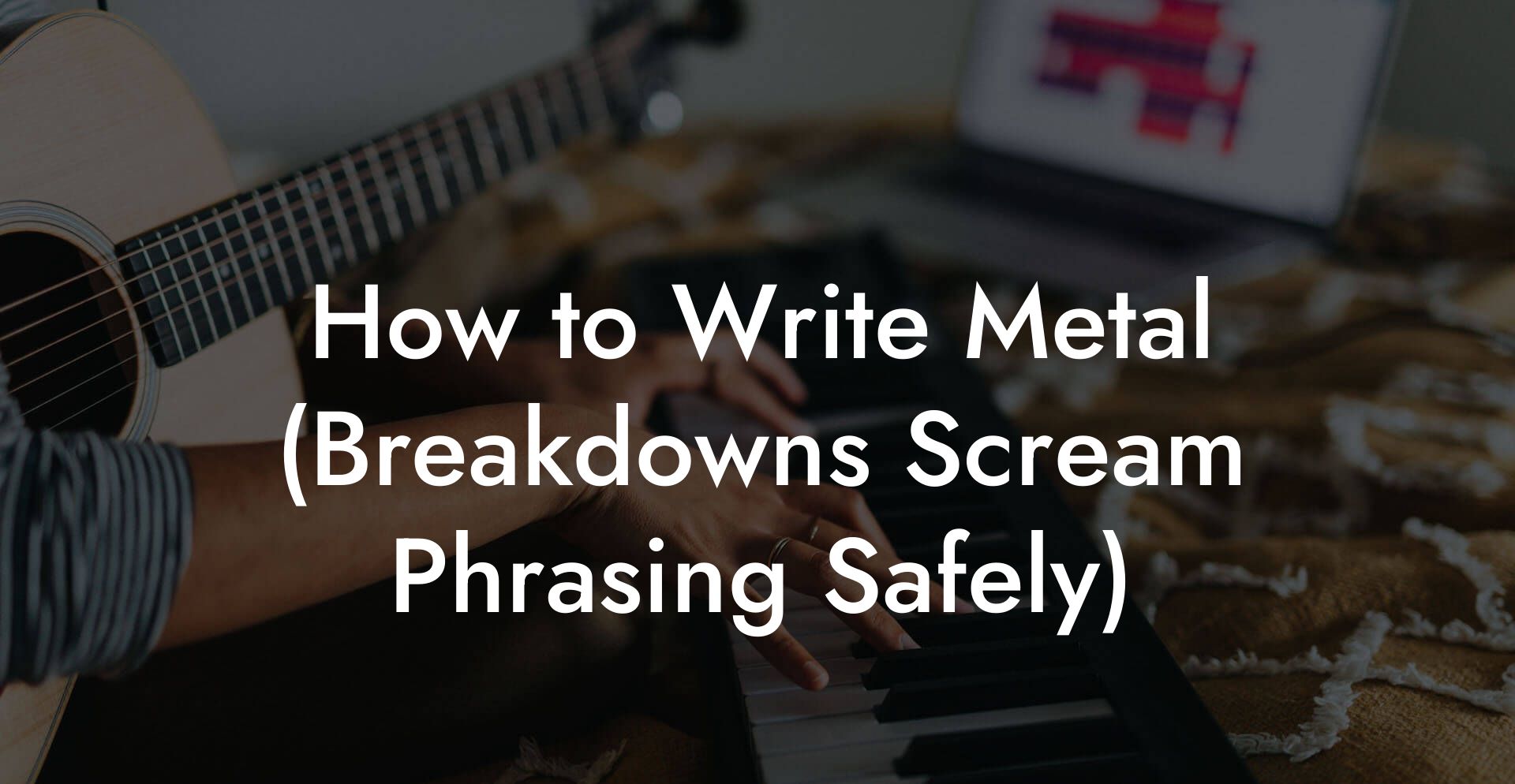
You want riffs that punch through a wall of amps. You want breakdowns that make bodies stop moving and start collapsing into orderly chaos. You want screams that sound like the end of the world without ending your voice for a month. This guide is built for millennial and Gen Z artists who want brutal music and healthy throats. It is hilarious where it can be, blunt where it must be, and practical where everything actually matters.
Quick Links to Useful Sections
- Core Ideas That Make Metal Work
- What Is a Breakdown
- Tempo, Groove, and Pulse
- Rhythmic Blueprints for Breakdowns
- Stomp and Open
- Syncopated Chug
- Call and Response
- Subdivision Collapse
- Choosing Notes and Scales
- Guitar Tone and Technique for a Massive Breakdown
- Writing Breakdowns That Breathe
- Writing the Vocal Part for Maximum Impact
- Phrasing and Timing
- Short Phrases Are Better
- Vocal Melody and Intonation
- Safe Scream Technique
- Breath Support
- Vocal Fry Foundation
- False Cord vs Fry Based Screams
- Vowel Shaping for Projection
- Articulation and Consonants
- Warmups and Cool Downs
- Hydration and Environment
- Mic Technique for Screams
- Mixing Screamed Vocals
- Arrangement Tips Around Breakdowns
- Songwriting Exercises for Better Breakdowns and Vocal Phrasing
- Pocket Drill
- Silence Exercise
- Anticipation Practice
- Common Mistakes and Simple Fixes
- Lyrics That Hit Like a Crowd Kick
- Production Tips for Studio and Live
- Longevity Tips for Touring Vocalists
- Action Plan You Can Use Tonight
- Frequently Asked Questions
We will cover riff writing, rhythm approaches for breakdowns, arrangement and dynamics, vocal techniques for screams with safety in mind, mic technique, and mixing tips that keep the heaviness clear. For every term or acronym you meet, we will explain it in plain language and give a real life scenario so you can imagine using the idea while hungover on tour or killing time in a practice room with three empty energy drink cans.
Core Ideas That Make Metal Work
Metal is built from contrast. Big tones and small details. Slow heavy parts and fast lethal parts. Clear rhythmic identity and vocal aggression that communicates emotion instead of just noise. Focus on these pillars when writing.
- Rhythmic clarity for listeners who lock to a space on the floor and wait for the cue to move.
- Dynamic contrast so the breakdown hits like a fist because the ear was trained to expect tension and release.
- Vocal intent so screams and shouts align with the guitar accents and percussion stabs. Your voice needs to be a percussive instrument that can also carry melody or message.
- Texture control by using thick guitar tone only where it matters so breakdowns breathe and hits land.
- Safety for vocalists and instruments. You can sound like a demon and still keep your voice intact for the next tour.
What Is a Breakdown
A breakdown is a section designed to change the physical energy in the room. It usually slows the tempo or reduces rhythmic density and focuses on heavy accents that the crowd can react to. In metalcore and modern heavy music, the breakdown is a place for groove, for mosh, and for the band to deliver a memorable rhythmic hit.
Real life scenario
You finish a verse that was fast and technical. The drummer gives you a two beat drum fill that says pause. You drop into a palm mute chug pattern with a single open note on the one. The crowd senses the pause and the first body collapses forward like a tree. That is the function of a breakdown.
Tempo, Groove, and Pulse
Tempo is measured in BPM. BPM means beats per minute. It tells you how fast the song moves. A breakdown often sits in slower BPM than the fastest parts of the song. That contrast creates weight.
- Fast parts: 160 BPM and above. Think blast beats and tremolo picking.
- Mid tempo aggression: 110 to 140 BPM. Good for gallop rhythms and palm muting that still feels urgent.
- Breakdown territory: 60 to 100 BPM. Slower feels heavier. You can also use a double time feel to make a 70 BPM breakdown feel like 140 without losing weight.
Write with a target tempo in mind. If you want a massive slow breakdown, set the BPM low and lock the drum pocket. If you want a heavy yet swinging breakdown, keep the tempo mid range and create syncopation with rests and off beat accents.
Rhythmic Blueprints for Breakdowns
Breakdowns are rhythm first. Melody second. Here are patterns you can steal and adapt. Each pattern is a blueprint not a prison. Swap notes, change accents, and add silence where it hurts.
Stomp and Open
One note chug pattern with accents on the one and three in a four beat bar. Add an open low string on the downbeat of bar two to give release.
Why it works
The ear sets the heavy pulse on the downbeat. The open string releases tension and invites movement.
Syncopated Chug
Chug on the e and a of the beat while leaving the downbeat empty. Hit a big accent on the downbeat every two bars. Use ghost notes on the snare to keep groove.
Why it works
Leaving the downbeat empty makes the accent feel like it lands from nowhere. The syncopation creates groove that is heavy but also danceable by a person who likes throwing themselves into other people.
Call and Response
Two bar riff where first bar is tight chugs and second bar is an open string or power chord hit. The drummer plays a tom pattern under the first bar to keep movement.
Why it works
It creates expectation. The listener learns the pattern quickly and when the second bar hits they can predict and react. This is perfect for crowd participation and slow motion choreography in the pit.
Subdivision Collapse
Write a riff in 16th notes then drop half of the 16th hits out. Jump back to full 16th hits for one bar and then collapse again. Use palm mute as the variable.
Why it works
Reducing density builds weight. Returning density creates release. The stutter makes the ear hungry for the next hit.
Choosing Notes and Scales
Breakdowns do not need complex solos. They need compressive low frequency power. Use low notes and narrow scale content.
- Root focused. Use the low root note as the spine. Add a second note a minor third above or a major second above for color.
- Phrygian spice. The Phrygian mode gives an exotic flat second that sounds aggressive. Use sparingly to color a riff.
- Chromatic descent. Small chromatic runs right before a hit feel like the riff is falling into a trap. They are classic and effective.
- Power chord anchor. Two note power chords on low strings maintain clarity and do not compete with bass frequencies.
Real life scenario
You are tuning to drop A five on your guitar while on tour because your singer wants lower screams. You write a riff that keeps hitting the same low A. To keep it interesting you add a minor third on the second string when the drummer plays a tom fill. Simple and vicious.
Guitar Tone and Technique for a Massive Breakdown
Your tone must be heavy and clear. Too much mud and the low end swallows the hit. Too much high end and the weight disappears.
- Tuning lower for weight. Drop tuning like drop D or lower gives a physical feel to chugs. If you want modern heaviness go down to drop A or drop G but be aware strings get floppy and intonation needs attention.
- Pick attack matters. Attack closer to the bridge for a tighter sound. Attack near the neck for rounder tone. Most breakdowns work better with a pick attack that is tight and focused.
- Palm mute the low string with the right hand thumb for consistent choke. Move your right hand slightly to change the timbre without changing the note.
- Gain stacking use a clean amp and an overdriven amp blended or reamp a DI track. Multi amp setups can give both low body and mid aggression.
- Bass guitar follows the low note but plays with space. Pluck near the bridge for clarity on low notes. A DI synth sub can support the low end if the mix needs more chest.
Writing Breakdowns That Breathe
Space is the secret. A breakdown with no silence becomes a rumble. A breakdown with well placed stops becomes unforgettable.
- Use one bar of silence or near silence before a big hit. This makes the hit feel like a gestalt moment where time and bodies adjust.
- Let drums lead by giving snare or tom accents the power to cue the audience. The drummer is the traffic cop of the breakdown.
- Vary dynamics within the breakdown. Start heavy, strip to bass and snare, add a vocal chant, then smash back in.
- Use a vocal chant as an anchor. Short repeated phrases are perfect for call and response with the crowd.
Writing the Vocal Part for Maximum Impact
Vocals in a breakdown should act like percussion and message. They must be rhythmic, clear, and intentional. Think of the voice as another percussion instrument that can also carry a line you want the crowd to remember.
Phrasing and Timing
Match your vocal rhythmic placement to the riff accents. If the riff accents on the downbeat have a single syllable scream. If the riff syncopates, place your screams on anticipation syllables that push into the hit.
Real life scenario
You have a syncopated chug that leaves the downbeat empty. If you scream on the downbeat the scream will float. If you scream on the anticipatory e of the beat you will drive the riff into the audience and create a shove that is irresistible.
Short Phrases Are Better
Keep vocal lines short. Repeated lines or chants that the crowd can shout back are gold. One word or two word phrases are easy to remember and sing with energy under bass and reverb.
Vocal Melody and Intonation
You do not need clean singing in a breakdown but staying in tune matters. If you do choose to include pitched screams or a low sung line, match the root or the power chord pitch. If you want dissonance use it intentionally for tension.
Safe Scream Technique
We care about sounding vicious and staying alive. Screaming safely is not glamorous but it is the only path to longevity. Below are techniques, warmups, and drills that professional screamers use. If you already have a coach, follow their instructions first. This is a guide not a replacement for in person instruction.
Breath Support
Screaming works best with diaphragmatic breathing. That means breathe deeply into the belly not shallowly into the chest. A supported scream uses controlled air rather than raw throat force.
Practice
- Sit tall. Place your hand on your belly. Inhale through the nose so your hand rises.
- Exhale on a hiss for five seconds with a steady steady flow. Repeat. This builds control.
- Use the same breath control when you scream so you are pushing from the core not the throat.
Vocal Fry Foundation
Fry voice is the lowest register of your voice where the vocal folds vibrate slowly. Many scream techniques start with a fry because it is quiet and safe to practice. Think of the gravelly sound at the end of a lazy sigh. That is fry.
How to practice
- Make a gentle creaky sound at the bottom of your voice range.
- Hold it for a few seconds while keeping the throat relaxed.
- Use this as a base to add volume slowly without tightening the throat.
False Cord vs Fry Based Screams
False cord screaming uses the vestibular folds above your vocal folds to create a thick distorted tone. It can be powerful but must be trained to avoid strain. Fry based screams use air pushed through a fry mechanism and shaped with mouth and pharynx. Both are valid. Learn them slowly.
Explanation of terms
- False cords are tissue above the true vocal folds that can add distortion. If used improperly they can cause tension.
- Vocal fry is the creaky low register sound used as a safe base for screaming practice.
Vowel Shaping for Projection
Open vowels like ah and oh project better than closed vowels. Shape the vowels to avoid friction points. For example if you need aggressive high screams shape the vowel to a wide ah to keep air moving freely.
Articulation and Consonants
Consonants create punch. Use them to land the cut. For example a percussive t or k before a scream can lock your phrase to the drums. Plosive consonants are useful but must be accented with breath control to avoid spittle on the mic and vocal strain.
Warmups and Cool Downs
Always warm up. Warm ups can be five minutes on hum to lip roll or straw phonation. Cool downs can be gentle humming and hydration. Avoid screaming cold.
Sample warm up
- Two minutes of lip trills or humming on a comfortable pitch.
- One minute of slow fry slides up and down a small range.
- Two minutes of short phrase practice at low intensity. End with hydration and a rest.
Hydration and Environment
Hydrate with water. Avoid excessive caffeine and alcohol before heavy sessions. If you are on stage and have one throat saving strategy bring room temperature water and use a short warm up before your set. On tour keep a humidifier in shared rooms when possible to reduce drying from air conditioning.
Mic Technique for Screams
How you hold and use the mic matters for screams. You can scream loud and thin or you can scream loud and rounded. Mic choice and proximity create that difference.
- Close mic for aggressive presence. Keep the capsule a few centimeters from your mouth and use pop filter techniques to avoid implosion on consonants.
- Angle the mic slightly downward to reduce sibilance and to let the low end breathe.
- Hand movement can be part of performance but avoid moving the mic capsule away during long sustained screams unless you want the effect.
- Dynamic mics like the classic handheld stage mic are forgiving of high SPL levels and often preferred live. Condenser mics can work in studio with proper gain staging.
Mixing Screamed Vocals
In the mix you want screams to cut through while sitting with guitars and drums. Treat them like lead instruments that need clarity and impact.
- High pass the vocal at a low frequency like 60 to 80 Hz to remove sub rumble but keep body.
- Presence boost in the 2 to 5 kHz range can make screams intelligible and aggressive. Be careful not to make them harsh.
- Saturation or mild distortion can add bite and harmonics that help the vocal cut without raising volume.
- Parallel compression preserves transients and adds sustain. Blend compressed copy under the raw vocal to maintain attack and add glue.
- De ess gently around sibilant frequencies if fricatives become unpleasant. Screams can be sibilant so use a light hand.
- Delay and reverb use short plates or room style reverb for depth. For breakdowns consider a dry upfront vocal and a short gated reverb for the end of a chant to let the crowd sing back.
Arrangement Tips Around Breakdowns
Place breakdowns where they do the most work. They can be the chorus in some styles or a mid song centerpiece. Think about energy curves.
- Early breakdown can be a hook. If your first chorus is fast and technical, drop a breakdown after the second chorus to anchor listeners.
- Late breakdown can close the song with maximum impact. This is effective for leaving the listener physically breathless and emotionally charged.
- Multiple breakdowns work if each one evolves. Change the rhythm, change the tuning, add a vocal chant or a guitar melody between breaks.
- Transitions are crucial. Use tom fills, slow risers, or sudden stops to cue the breakdown. Small rhythmic fillers can prepare the ear.
Songwriting Exercises for Better Breakdowns and Vocal Phrasing
Pocket Drill
Put a metronome on a slow BPM like 80. Play a simple one note chug pattern and practice placing vocal hits on different subdivisions. Record five minutes and mark the hits that feel biggest. Use those for your breakdown.
Silence Exercise
Write a two bar riff that repeats. In bar three remove all guitars and let bass and drums keep a minimal pocket. Write a one word shout in bar four that sits in the silence. The shout should land harder because you prepared space.
Anticipation Practice
Write a syncopated guitar pattern with an empty downbeat. Practice screaming on the anticipation right before the downbeat to lock into the groove. This trains your timing and makes the vocal feel like part of the rhythm section.
Call and Response
Write a three note vocal chant and call it. Write a two bar guitar riff that responds. Loop and record. This helps you design crowd friendly phrases that also serve the song.
Common Mistakes and Simple Fixes
- Too many notes in a breakdown. Fix by simplifying to the root and one additional color note. Less becomes more heavy.
- Vocals out of time with accents. Fix by practicing with a metronome and recording. Use short rehearsal loops to embed timing.
- Throat tension. Fix by learning diaphragmatic breathing and doing daily fry based warm ups. If pain occurs stop and see a coach or doctor.
- Muddy low end in the mix. Fix by carving space with EQ. Cut conflicting frequencies from guitars and bass. Use sidechain like techniques if necessary so kick and bass live together.
- Breakdown that feels like the verse. Fix by changing dynamics, adding silence, or rethinking the drum pocket to give the breakdown identity.
Lyrics That Hit Like a Crowd Kick
Breakdown lyrics should be short and visceral. Use concrete imagery and one central idea. Repetition is an advantage because the crowd wants a phrase to yell back.
Examples
- One word chant: "Collapse"
- Two word hook: "Hold Fast"
- Three word line: "Burn the Bridge"
Real life scenario
You write a breakdown lyric that is two words. On the first live play the crowd does not know it. On the third play they scream it back as if it was their own idea. That is how a breakdown lyric becomes a ritual.
Production Tips for Studio and Live
- Record multiple vocal layers. Stack three takes for the main chant and pan the doubles slightly. Keep one center for power.
- Reamp guitars for the heaviness you want. Record a clean DI and reamp through different cabs. Blend for clarity and punch.
- Use transient shaping on guitars to control attack. Add a touch of sustain to let the low notes sit under the kick.
- Sidechain guitars to kick if the low end clashes. Duck a slice of guitar low energy on kick hits so the drums are felt.
- Live monitor mix should give the vocalist enough low end to feel weight and enough high mid to hear articulation. In ear monitor mixes help protect hearing and keep vocal control.
Longevity Tips for Touring Vocalists
Touring will test your technique like nothing else. Follow these rules to keep performing at a high level.
- Sleep matters. Your body repairs during rest including vocal tissue.
- Hydrate consistently. Water then electrolyte mixes if you are sweating heavily.
- Warm up before every set even if it is twenty minutes. Short safe warm ups are better than none.
- Speak less when possible. A few nights of shouting at the merch table will ruin a week of shows.
- Know when to rest if pain or loss of range appears. Pushing through damage reduces career length.
Action Plan You Can Use Tonight
- Pick a target tempo for your breakdown. Put a metronome at that BPM and lock the pocket with a drum loop.
- Write a one note root riff. Palm mute and play with subdivisions. Record five takes and pick the best groove.
- Add one color note above the root. Try a minor third or a flat second for tension. Keep it simple.
- Write a one or two word vocal chant that fits the rhythm. Practice placing the chant on different subdivisions until it locks with the drums.
- Warm up your voice with lip trills and fry slides for five minutes. Practice your chant at low volume and build intensity while maintaining support.
- Record a rough demo. Listen back for clarity of the vocal and the presence of the low end. Adjust guitar tightness or EQ if it muds the vocal.
- Play the part live for friends. Ask which moment they remember. Iterate based on what actually hits people in the room.
Frequently Asked Questions
How low should I tune for a heavy breakdown
Lower tuning adds physical weight. Drop D is a simple step. Many modern bands tune to drop A or lower when they want a huge low end. Keep in mind strings feel looser at lower tuning so choose thicker strings and set the guitar up for the new tension. Lower tuning is a tool. Use it when you need extra chest feeling for the breakdown.
Can I learn to scream without a coach
You can learn foundational techniques like diaphragmatic breathing and fry warm ups from guides. However a coach can see physical tension patterns in your throat and answer questions about habit. If you want to scream consistently for years find a qualified vocal coach who understands extreme vocals. If you cannot access one focus on slow progress and stop if you feel pain.
What if my voice feels raw after practice
Rawness is a warning. Do not ignore it. Rest, hydrate, and use gentle cool downs. If the sensation persists for more than a few days see a medical professional who specializes in voice or an experienced vocal coach. Avoid returning to high intensity until recovery is complete.
How do I make my breakdown stand out live
Create a cue that the crowd can feel like a one bar silence. Add a chant that is easy to shout. Use dynamics so the band pulls back to make the return giant. Simple theatrical ideas like a light change or the drummer hitting a floor tom pattern before the drop amplify the effect.
How do I phrase screams so lyrics stay clear
Shorter phrases and strong consonants help clarity. Use presence EQ in the 3 to 5 kHz range and allow space in the arrangement around the words you want to be heard. Phrasing on strong beats and avoiding long runs of noise keeps the message intact.
What mixes help high aggression without mud
High aggression needs clarity. Use harmonic saturation to add mid harmonics so low notes are perceived even if you cut sub. Use sidechain on guitars or bass to make space for kick. Tune guitar and bass to the same root so frequencies stack cleanly. Compression can glue but do not overcompress the low end.




